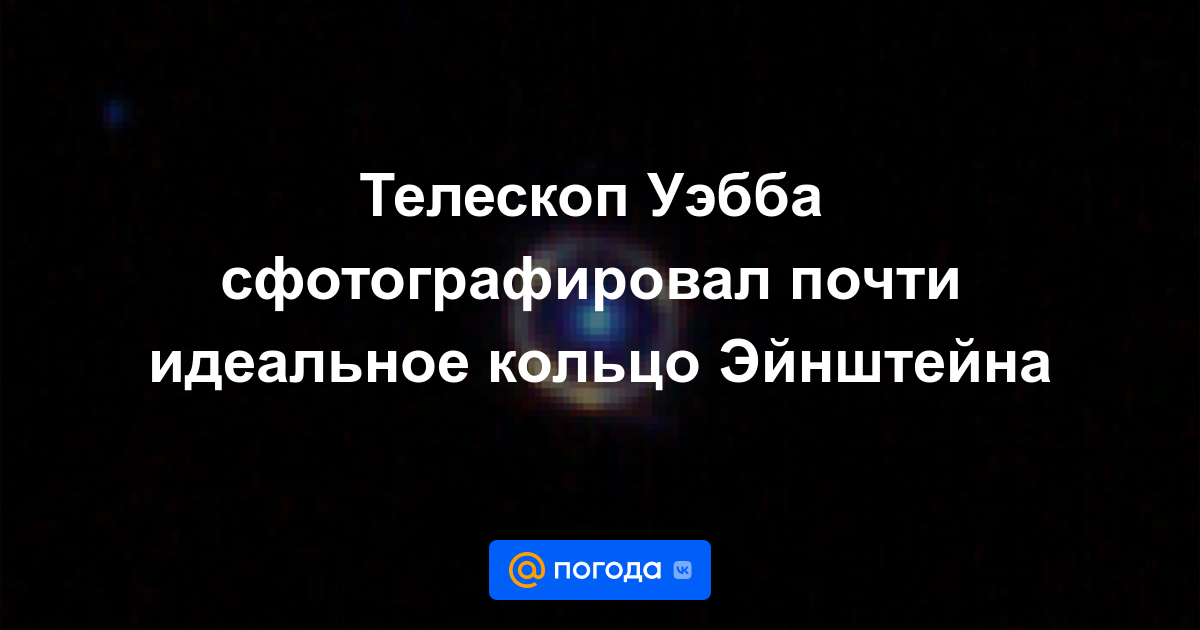Einstein’s ring results from gravitational lensing, in which a massive object (massive galaxy or black hole) bends the light of a galaxy or star, turning it into a ring. The Webb telescope captured the ring of galaxy SPT-S J041839-4751.8, located 12 billion light-years from Earth. Einstein’s rings make it possible to study galaxies that would otherwise be impossible to see. The existence of gravitational lensing was predicted by Albert Einstein and hence the effect is named after him.
According to an astronomer who posted a colorful photo of the ring on Reddit, we wouldn’t be able to see this particular galaxy if it weren’t for the lensing effect. On top of that, the galaxy, the giant object, and the observation point (i.e., the telescope) must be in the same straight line, which is rarely the case.
Einstein’s rings were observed by Hubble, and the Webb telescope was already operated with the help of an infrared camera (NIRCam). Images from the Web Telescope are made available to the public, and anyone can process them using the GIMP graphics editor and a specialized scientific library for Python called Astropy.

Prone to fits of apathy. Unable to type with boxing gloves on. Internet advocate. Avid travel enthusiast. Entrepreneur. Music expert.



